I once planted a very nice, red flowered coneflower, ‘Tomato Soup’ (Echinacea ‘Tomato Soup’, below) that bloomed splendidly for several years, until one spring it was gone. Often, there are signs that a plant’s health is fading, but this coneflower simply did not return in the spring. Certainly, there are many more examples of this (if I could think of them), and often while browsing garden photos in a magazine, or walking through the garden I’ll recall a flower that is long gone.
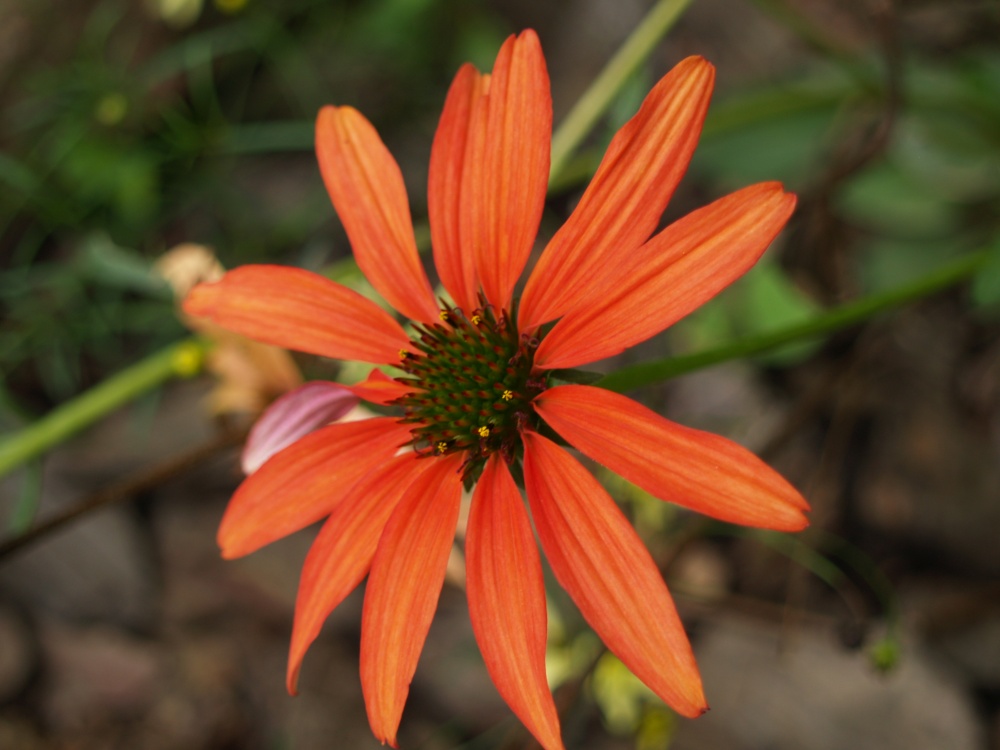
Though I was quite pleased with ‘Tomato Soup’, I have no inclination to plant another. Its day has passed, and occasionally I understand that I cannot properly serve the needs of a plant. I’ve tried growing a variety of tickseeds (Coreopsis), that even the most casual gardener can grow without a care, but all have failed. I suspect that if I provided unhindered sunlight, coneflowers and tickseeds would likely flourish, but this is hard to come by in this garden.
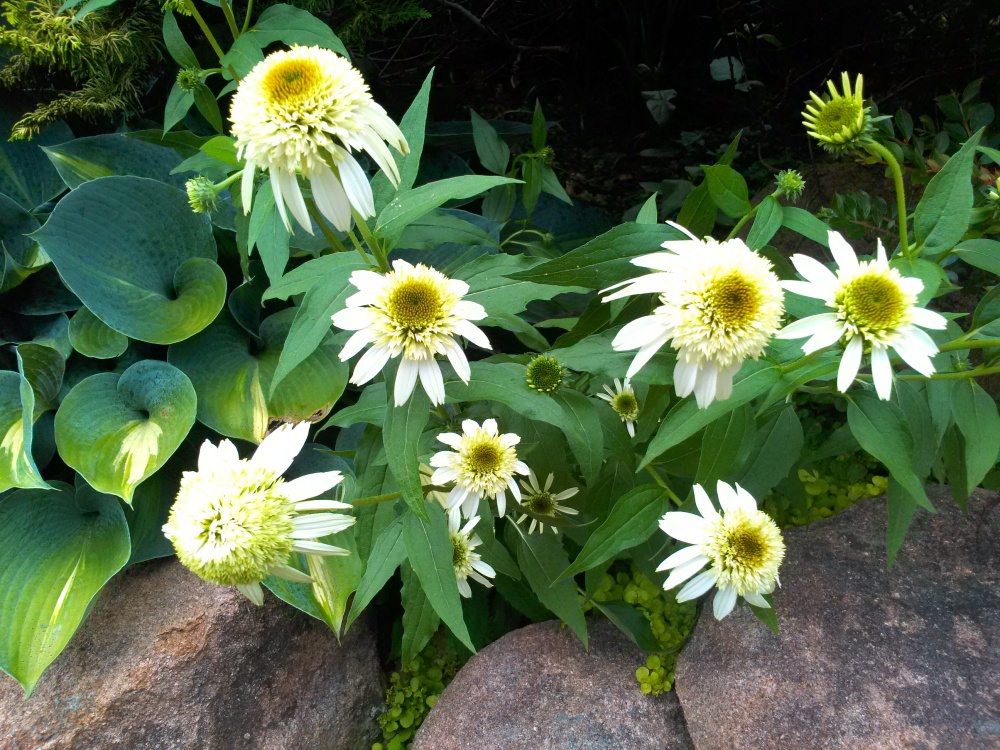
On the other hand, the white flowered ‘Coconut Lime’ (above) has been neglected and given the worst possible circumstance. Possibly, when first planted it was given more space, but now it is overshadowed by a gold needled cypress and a shrubby crapemyrtle so that it receives a minimum of sunlight. Each spring I am surprised to see its return, but it does. While one coneflower performed splendidly for a few years until it wilted with minimal competition, ‘Coconut Lime’ survives against much greater odds. I am terribly pleased when it flowers in late spring.
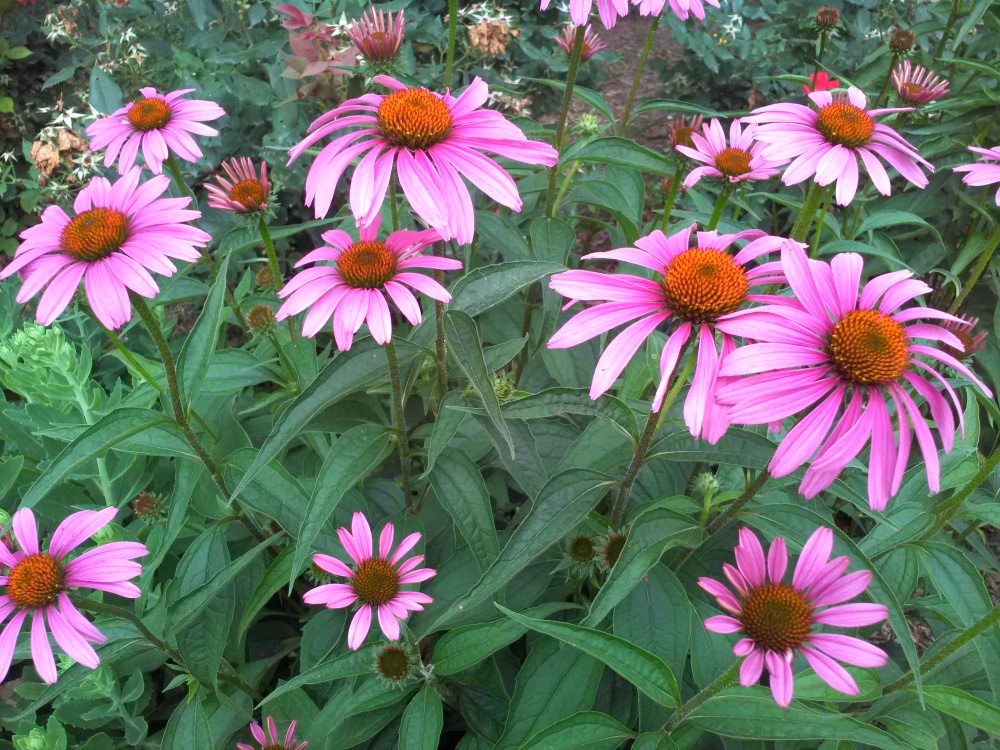
Nandinas (Nandina domestica) are an unstoppable force in this garden, flourishing without a care through drought and freeze, and though they are common and possibly unremarkable to most gardeners, I revel in ones that are most ordinary. The gardener is warned that Heavenly bamboo grows too tall, and that it will quickly become an unwelcome nuisance. The clusters of small white flowers in late spring will soon become shiny red berries, and these are blamed to consider the shrub as invasive. This was concerning until I considered that the berries are toxic, and even in late winter when food is scarce they are avoided by all but an occasional robin that samples a berry or two.
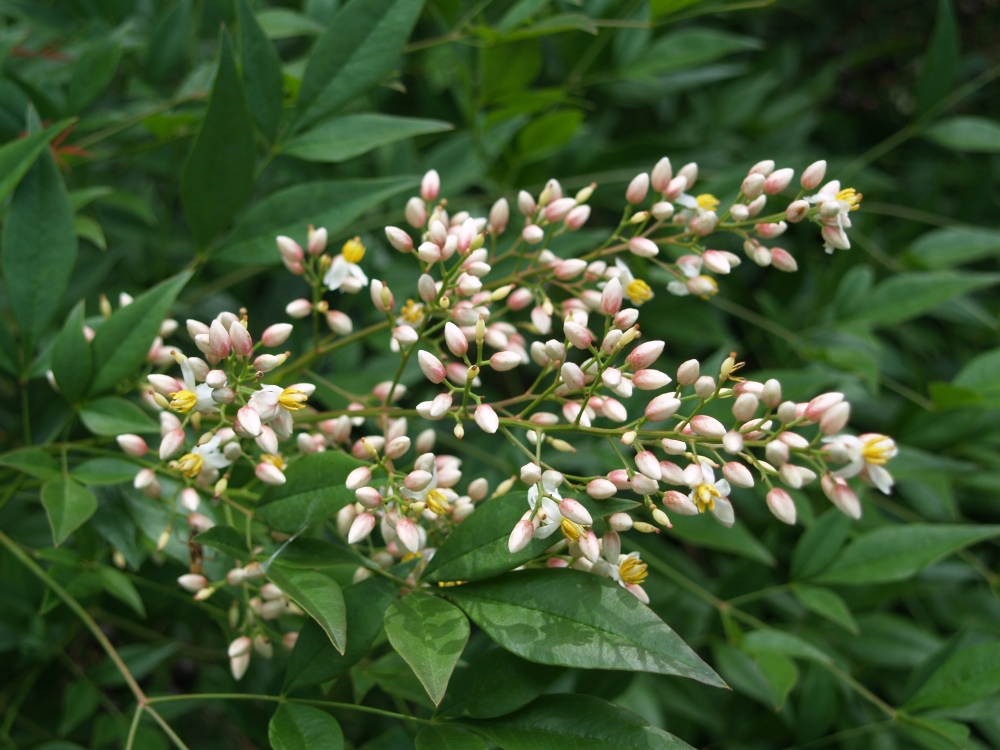
Certainly, I would prefer that the garden’s berries be more appetizing to the neighborhood’s cardinals and jays, but this would spread the abundant seeds and nandinas could rightfully be called invasive. As is, seedlings never stray further than the seeds can drop and roll. Also, rhizomes rarely spread more than a few inches from the parent plant, but over a few decades the clumps grow into a very informal hedge that obscures one part of the garden from another as the tall stems sway in the breeze. Almost, as planned.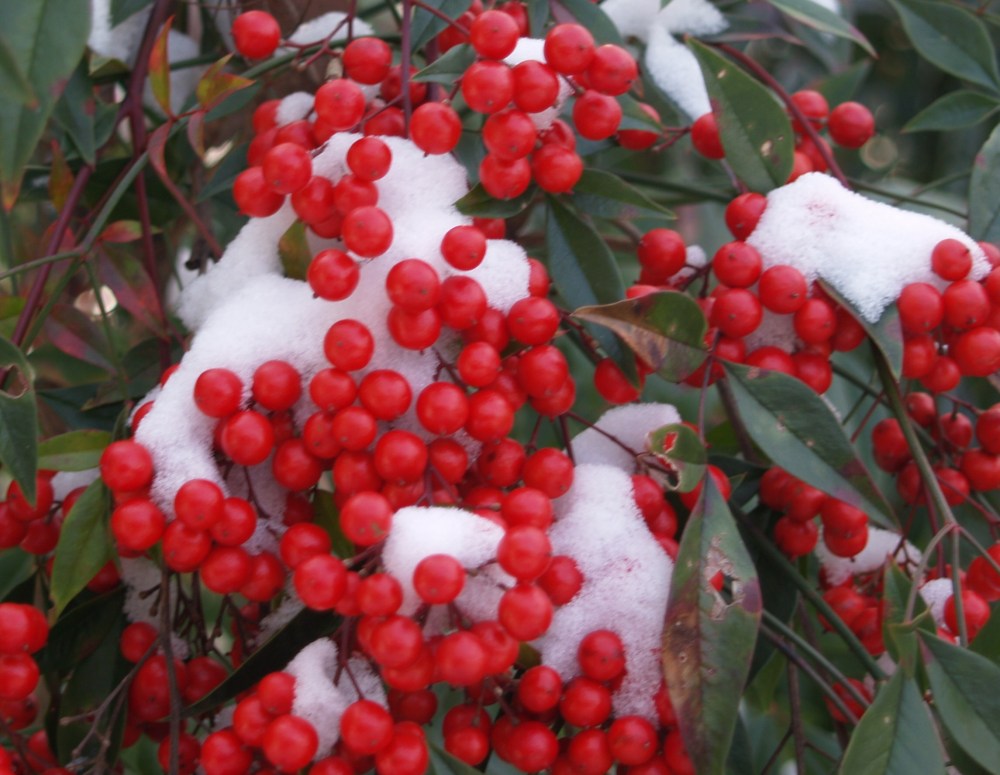
Oh that tomato soup is so pretty. My purple coneflower did not return this year. It may be the sun issue. I think that I will try again in my new sunnier garden since I saved lots of seeds. Great information on this post. Thanks for sharing.
A neighbor is thinning his bearded irises tomorrow, and of course I would love to add some to the garden. But, I am greatly disappointed that I cannot figure a place for them.
My coreopsis seem awfully weak this year, and that’s in full sun so maybe there’s more to keeping them alive. Oddly enough it’s the coneflowers which do a lot of the crowding.
Isn’t there some saying about all gardeners eventually becoming shade gardeners? All those cool shrubs and trees are just too irresistible.
I’m glad nandina isn’t invasive for you. Something must eat it because I’ve seen huge thickets across acres of gulf coast woodland.
With many dozens of trees it is not surprising that this garden has turned mostly to shade, but still I wonder when a sturdy perennial fails in one of the few sunny spots. The only thing for the gardener to do after several failures is to move on to something else.